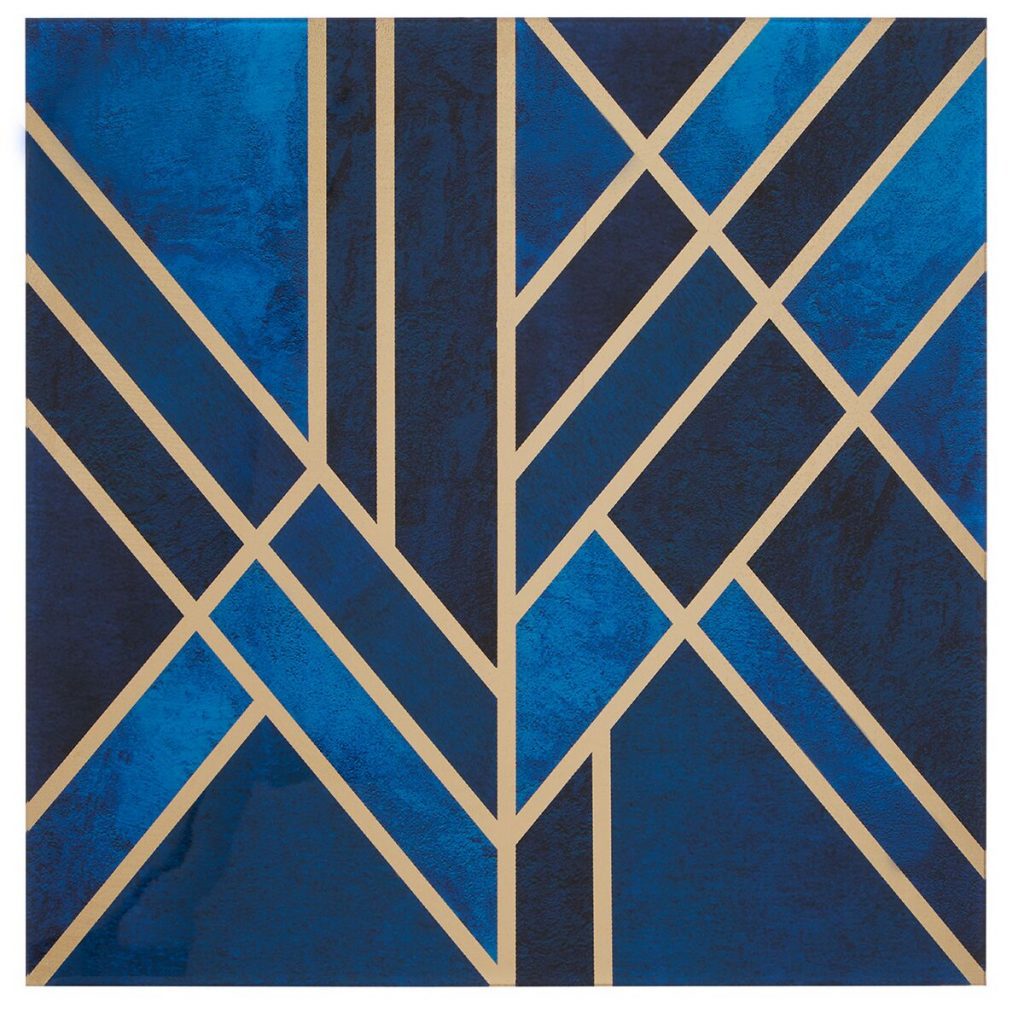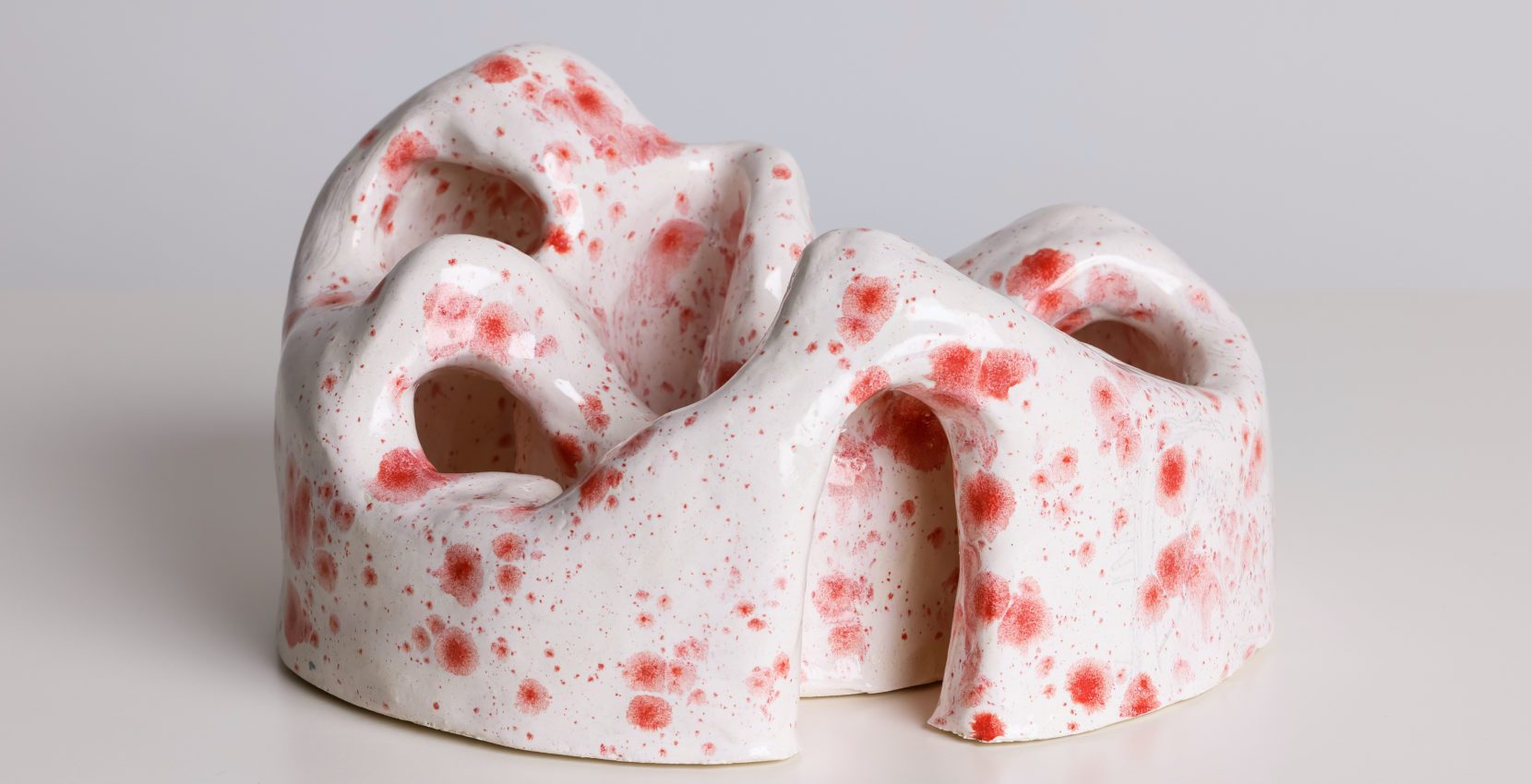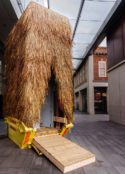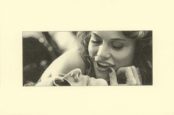Aristotle divided philosophy into five categories, one of these being epistemology, the study of knowledge and what it means to know. Emanating from what some refer to as the ‘West’, there is an international tendency to rely solely on empirically-based scientific methodology for the acquisition of knowledge.
However, with the emergence of quantum physics, chaos theory, theories regarding multiple universes and abstract conceptions of dimensions and the nature of time, the universe has proven to be more unpredictable and potentially unknowable than thought in the time of Newton or the Vienna Circle.
Arusha Gallery, leaving their home in Edinburgh to nestle a pop up gallery in the busy streets of Oxford Circus, provided a residence for A Strange Kind of Knowing (2021) between the 7th and 14th of December. The exhibition was focused on such epistemological thought, causing the viewer to ask questions such as what it means to know, and who decides what truth is. Using aesthetics to dive into epistemological dialogue, the exhibition challenges the notion that science is the sole dictator of truth by boldly exploring underground schools of thought, intuitive visions, and ethereal voices.
Curated by Olivia Penrose Punnett, works by the thirteen artists were expertly selected and positioned through empathic intuition, aligning based on philosophical themes, natural exploration and childlike discovery. Punnett, who has an interest in hermetic philosophy and is an art teacher by trade, facilitated a vision that elevated the conceptual elements found in each composition. Featured works highlighted the limitations of human perception, while their interlinking blend of meaning sung songs of the immutable. They whispered of something beyond words.
Hosted by Arusha Gallery, the travelling exhibition, which will be held next at Haarlem Gallery, consists of compositions that delve into the cycles of the seasons, phenomena from land and sea which are all viewed through a lens of intuitive nuance. The artists used an array of artistic mediums, work by Tai Shani, Kristina Chan, Verity Birt, Fourthland, Holly Bynoe, Katja Hock, Coral Kindred-Boothby, Susan Hiller, Penny McCarthy, Aimée Parrott, Kate McMillan, Eleanor May Watson and Chantal Powell made a web of intrinsic knowledge connected by themes from our natural world.
The spacious exhibition was laid out in three interconnected blocks on a dreamlike backdrop of absurd inferences. On the far right were artworks on hermetic knowledge and alchemy, such as the coloured hermetic representations found in Outsides and Erotics (2021) by Tai Shani. In the middle were pieces on sky and sea, such as the installation Mola Mola (2015) by Fourthland on the science defying fish, accompanied by an eerie audio clip. In the far-left corner were pieces on secret knowledge such as How to Sway on Crick Hill (2020) by Holly Bynoe, a video of plants intrinsic to folk medicine and witchcraft.
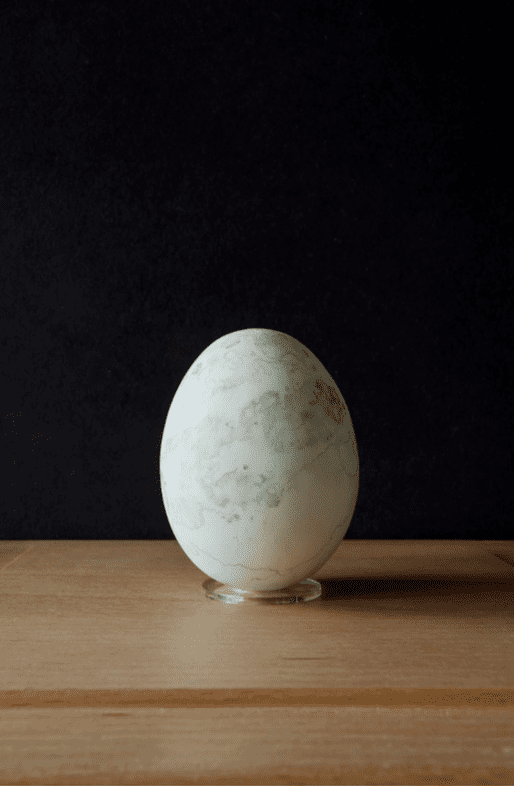
Penny McCarthy studied Fine Art at Sheffield Hallam University, and has had her work exhibited internationally at galleries, museums, public spaces and in publications. She works mostly with text, illustration and calligraphy, seen in McCarthy’s Moon Egg (2018) which sat inconspicuously in an acrylic cube. Consisting of a hen egg adorned with a fine illustration of an exact map of the moon, the piece illuminates the common misconception that the moon is a sphere, as it is frequently depicted. The moon is shaped more like an egg.
McCarthy’s piece raises questions concerning how we can hold anything as true. Many people throughout society envision the moon being a sphere. Even though it is shaped like an egg, depictions of the moon being a sphere will continue to be produced, as that is what the collective memory of society seems to dictate. As McCarthy’s visual lesson pierces the lazy lies of the mass media, Moon Egg forces the viewer to consider who should be the prescriber of truth, and how much of our lives we should question.
Chantal Powell studied for a doctorate at Southampton University in psychology. Powell uses her knowledge of Jungian theory and alchemy to produce art that leads the viewer to investigate their primordial psyches. Powell’s ceramic sculptures delve into alchemical theory, the piece There is Nothing in Which I Have Not Been (2021) drawing from theories of psychological cycles of transformation. By focusing on internal visualisations in meditative states, it is thought in some traditions that one can align with spiritual entities, and in some cases become one. Such theories intrigued Jung, found in his book Man and His Symbols (1964).
Most people think of alchemy as bearded men smelting metals in curious devices, such as the infamous Edward Kelly. Theories on internal alchemy, however, are focused on transmuting the spirit, found for example in some Daoist traditions. These often include methods of visualisation while meditating. Powell uses long red streaks across her ceramics, reminiscent of the red metal cinnabar used in Daoist alchemical recipes for immortality. Strange zoomorphic figures sketched on the outside are representative of personal deities or symbols visualised to bring about psychological change, such as mandalas in some Buddhist traditions. Visualising a mandala while meditating is part of a process that some Buddhists believe can transform an individual spiritually. These relate to Jungian concepts of uniting the conscious and unconscious mind.
Aimee Parrott has graduated from the University of Falmouth and the Royal Academy Schools. Her piece As Above, So Below (2021) melds ink, cotton and other coloured textures on a raw canvas to encapsulate the viewer in an ascetic declaration of hermetic abstraction. Two mismatched domes oppose each other in inexact symmetry, a diagram of the hermetic title of the piece. The first hermetic texts are thought to be found in the Nag Hammadi Library, though it has been claimed that hermetic thought dates from Ancient Egypt, created by a man named Hermes Trismegistus.
The Emerald Tablet of Hermes Trismegistus is said to have been discovered in a tomb next to his body by Alexander the Great, though the earliest edition in existence dates from the 8th century. Here the concept of ‘As Above, so Below’ is found. This concept is highly perennial, found in strands of astrology, mysticism, alchemy, magic and divination. By marking an image representative of an ethos inherent to schools of thought that have been suppressed for centuries, Parrott challenges the notion that empirically backed sciences are the only source that can prescribe truth.

Verity Birt is a PhD researcher at Northumbria University and produces art using multiple disciplines. Birt’s influence from intersectional feminism and meaningful encounters can be seen In Dark Derision (2021) through its focus on the Oracle of Delphi. Many historical figures, such as Socrates, are said to have met the Oracle in search of advice. Socrates supposedly was told to ‘know thyself’. Birt depicted various images of the Oracle of Delphi and its location, moving through different times of its history.
The collage of images including Apollo’s fight with Python, a white and blue etching of the cave, a contemporary-coloured photo of a woman pulling on mud and a computer-rendered photo like that from a game in the ’90s, all contributed to a feeling of intersectionality. As there are many identities, traits, and cultures that contribute to privilege and discrimination, so have many aspects throughout time hidden and suppressed the knowledge displayed in the exhibition. Things held as true which deviate from ‘Western’ empirically backed sciences are all too frequently treated with mocking contempt.
A Strange Kind of Knowing is an intelligent argument against the prescription of one truth to be accepted by the world’s population. Philosophy, theology, history, agriculture, art and indeed science have presented facts, modes of thought and ways of living that challenge the single narrative of empirically backed sciences, and all have found a home in this stubborn exhibition. Anecdotal evidence, qualitative data and the intuitive anchors embedded in world cultures will continue to defy, through the familiar whispers of primordial dreams.
Olivia Penrose Punnett: A Strange Kind of Knowing: 7th December 2021 – 14th, Arusha Gallery, 46 Great Titchfield Street, London, W1W 7QA.
References:
Steele, R. (1927) The Emerald Table, Section of the History of Medicine, Mississippi
Jung, C. (1964) Man and His Symbols, Doubleday, United Kingdom
Main Image:
Chantal Powell, Blood Moon, 2021, Photograph by Damian Griffiths
